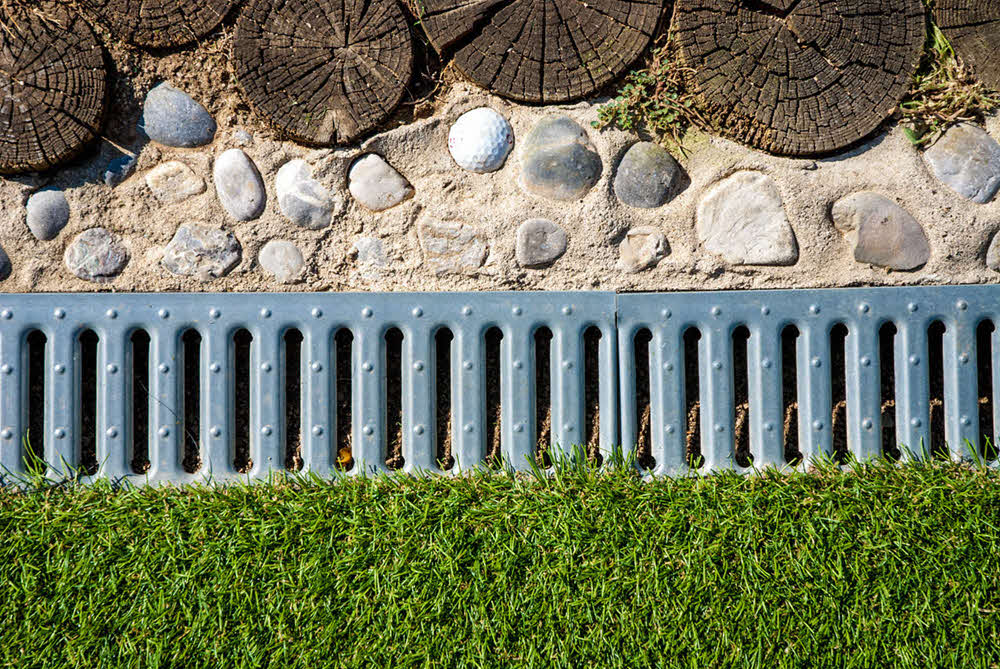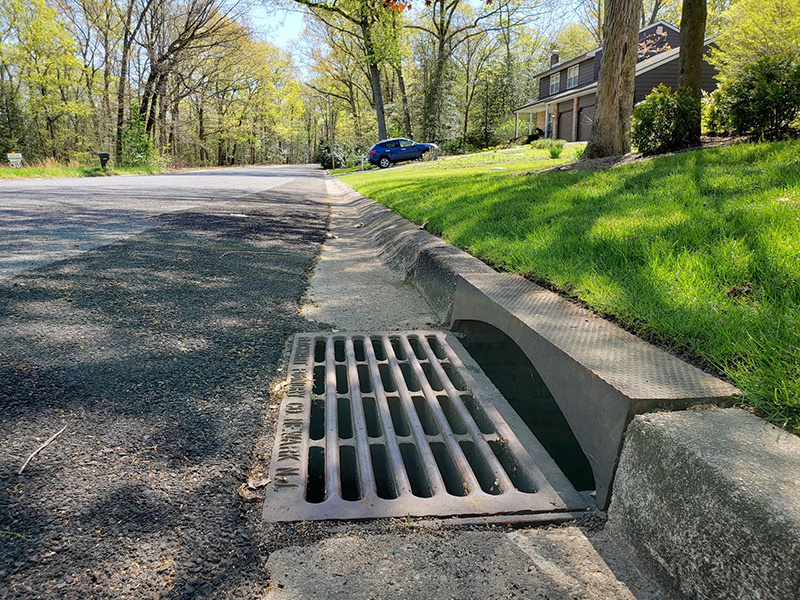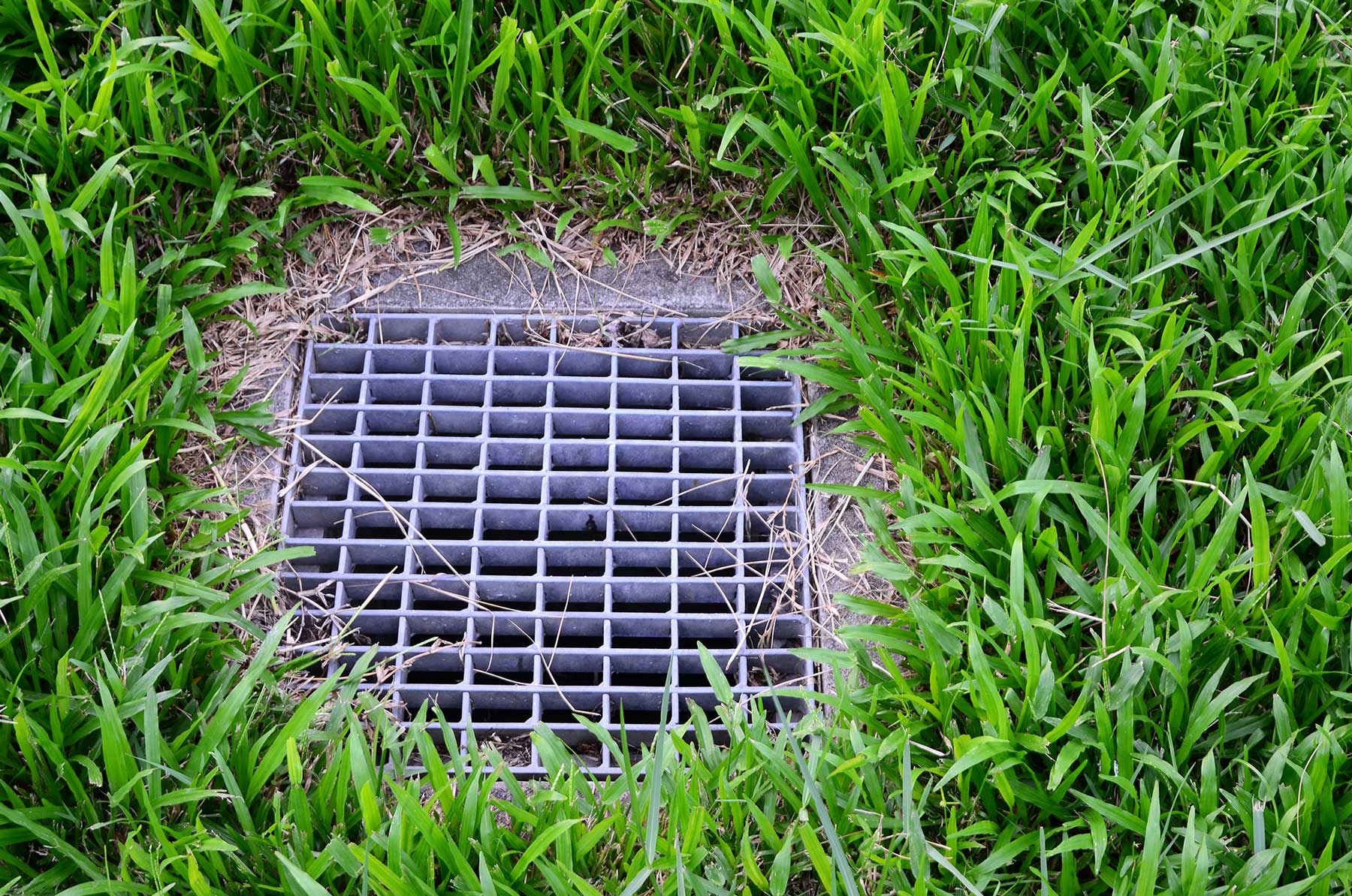Residential Storm Drain Servicesin Washington MI
Residential Storm Drain Solutions to Protect Your Home from Water Damage
We Are Locally Owned & Operated For Over 37 Years
Contact Us Today!
We Serve Businesses In And Around The Following Cities:
About Residential Storm Drain Services
A Thorough Examination of Residential Storm Drains in Washington’s Commercial Areas
Effectively managing stormwater in Washington’s commercial properties is crucial, especially during stormy seasons when the risk of drainage problems is high. The importance of a well-installed and functioning residential storm drain system can’t be underestimated when it comes to preventing water-logged basements, flooded driveways, and more importantly, maintaining the structural integrity of your property. This guide aims to provide a comprehensive exploration of residential storm drain systems, their relevance, benefits, and real-world applications in commercial properties within Washington.
Understanding Residential Storm Drains and Their Importance
Storm drain systems, installed in driveways, yards, and at times, even basements, are specialized constructions designed to efficiently manage water overflow during heavy downfall, preventing potential damage to properties. These are not just relevant for residential properties, but offer immense value in commercial properties that can house storm drains for apartments, shared driveways, and other collective spaces.
If you’ve ever wondered about the puddle in your commercial yard following a rainstorm, consider the essence of a backyard storm drain. Equally, storm drain basement systems can mean the difference between a safe, dry basement and a flooded one that weakens your property’s foundation over time. A well-designed residential storm drain system is thus not only a sensible solution, it is an absolute necessity.
The Process of Installation
The process of installing a storm drainage system is a task best left to professionals. Companies like D&J Contracting are experts in this field, having handled numerous installations in Washington. The process starts with an assessment of the property, identifying critical water collection points, followed by a strategically-planned design of the storm drain system.
Key Benefits of a Detailed Storm Drainage System
One of the chief benefits of installing proper residential storm drain systems in commercial properties is the reduction in erosion. By directing water away from your property, storm water drainage can prevent soil erosion, which can lead to stability issues in the long run. Furthermore, excessive water can lead to the growth of mold and damp conditions, which can degrade the structural integrity of a building, making storm drains an important aspect to consider for long-term building maintenance.
Notably, a well-installed storm drain system can significantly reduce the likelihood of basement or yard flooding, preventing considerable damage and the associated stress and costs. It takes companies like D&J Contracting to ensure that every drain point— from your driveway to your yard— is effectively covered.
Real-world Applications of Residential Storm Drain Systems
Let’s consider the case of a large commercial complex hosting a series of businesses. It’s a rainy day in Washington and the premises are at risk of flooding due to excess runoff water. However, the complex was smartly equipped with storm drain systems fitted by experienced companies such as D&J Contracting. Thanks to the robust system in place, the excess water gets effectively channeled away from the building, keeping pathways clear and avoiding potential damage to the premises or customer inconvenience.
In other words, whether it’s a storm drain for your driveway or a backyard storm drain, professionally designed and installed systems can be a property-saver, particularly in a city like Washington where precipitation is not uncommon.
D&J Contracting, with sterling experience in residential storm drain systems, can provide customized solutions for commercial properties, ensuring top-notch protection against the Washington weather, enhancing property value, and offering peace of mind to proprietors and residents alike.
In conclusion, maintaining a reliable storm drain system within residential commercial properties in Washington is a proactive measure towards long-term maintenance and protection of these buildings. From the driveway to the basement, these systems can safeguard against ruinous water damage, standing as a testament to the saying, “prevention is better than cure.” Today, entities like D&J Contracting stand ready to provide expert solutions to ensure your property remains dry, well-kept, and resilient no matter what the weather brings.
Residential Storm Drain Services Gallery


Call Us Today to receive your Free Quote for
Residential Storm Drain in Washington
Serving: Washington, Michigan

About Washington, Michigan
Washington Township was organized in 1827. It is home to the historic Octagon House, built by Loren Andrus from 1858 to 1860.
Westview Orchards was founded in what is now Washington Township in 1813. The Mount Vernon Cemetery, located at the southeast corner of Mt. Vernon Road and 28 Mile Road, is evidence of a former settlement, named for George Washington’s estate. The village of Mount Vernon once had a post office with William Austin Burt as its first postmaster in 1832.
Washington Township is in northwestern Macomb County and is bordered to the west by Oakland County. The village of Romeo is partially in the northeast part of the township. Ray Township is to the east, Shelby Township is to the south, and Bruce Township is to the north. Washington Township is 28 to 34 miles (45 to 55 km) north of downtown Detroit.
According to the United States Census Bureau, the township has a total area of 36.9 square miles (96 km), of which 35.6 square miles (92 km) are land and 1.3 square miles (3.4 km), or 3.46%, are water.
- Clifton Mills is an unincorporated community near the intersection of 31 Mile Rd. and Mt. Vernon Rd. (42°47′06″N 83°05′10″W / 42.78500°N 83.08611°W ;Elevation: 853 ft./260 m.).
- Mount Vernon is an unincorporated community in the southwest portion of the township at Mt. Vernon and 28 Mile Roads (42°44′31″N 83°05′13″W / 42.74194°N 83.08694°W ;Elevation: 830 ft./253 m.).
- Romeo is a village in the northeast corner of the township. Most of the village is in adjacent Bruce Township.
- Washington is an unincorporated community in the south central portion of the township just west of M-53 at 42°43′28″N 83°02′10″W / 42.72444°N 83.03611°W. Located at the intersection of North 26 Mile Rd. and VanDyke Ave.
As of the census of 2010, there were 25,139 people (up from 19,080 in 2000), 9,258 households, and 7,160 families residing in the township. The population density was 699.2 inhabitants per square mile (270.0/km). There were 9,258 occupied housing units and 612 vacant units. The racial makeup of the township was 94.8% White, 1.6% African American, 0.2% Native American, 1.0% Asian, 0.04% Pacific Islander, 1.0% from other races, and 1.3% from two or more races. Hispanic or Latino people of any race were 3.9% of the population.
There were 9,258 households, out of which 32.9% had children under the age of 18 living with them, 64.9% were married couples living together, 8.9% had a female householder with no husband present, and 22.7% were non-families. 19.2% of all households were made up of individuals, and 7.6% had someone living alone who was 65 years of age or older. The average household size was 2.70 and the average family size was 3.11.
In the township the population was spread out, with 25.0% under the age of 18, 7.3% from 18 to 24, 23.3% from 25 to 44, 30.3% from 45 to 64, and 14.1% who were 65 years of age or older. The median age was 41 years. For every 100 females, there were 97.8 males. For every 100 females age 18 and over, there were 94.7 males.
The median income for a household in the township was $68,841 in 2000 and $83,348 in 2016; the median income for a family was $78,988 in 2000 and $94,057 in 2016. In 2000, males had a median income of $60,721 versus $31,213 for females. The per capita income for the township was $38,657. About 5.7% of families and 7.1% of the population were below the poverty line (up from 2.8% of families and 3.7% of all individuals in 2000), including 9.6% of those under age 18 (up from 5.0% in 2000) and 5.9% of those age 65 or over (up from 2.7% in 2000).
The township has a supervisor-board style government with an elected supervisor, clerk, treasurer and four trustees.
The school districts serving the township residents are Romeo Community Schools, Utica Community Schools, and Rochester Schools from Oakland County.
Call Us Today to receive your Free Quote for
Residential Storm Drain in Washington
Related Services in Washington, Michigan
We Serve Businesses In The Following Zip Codes:
48007, 48015, 48021, 48026, 48035, 48036, 48038, 48042, 48043, 48044, 48045, 48046, 48047, 48048, 48050, 48051, 48066, 48071, 48080, 48081, 48082, 48083, 48084, 48085, 48088, 48089, 48090, 48091, 48092, 48093, 48098, 48099, 48225, 48230, 48236, 48310, 48311, 48312, 48313, 48314, 48315, 48316, 48317, 48318, 48397